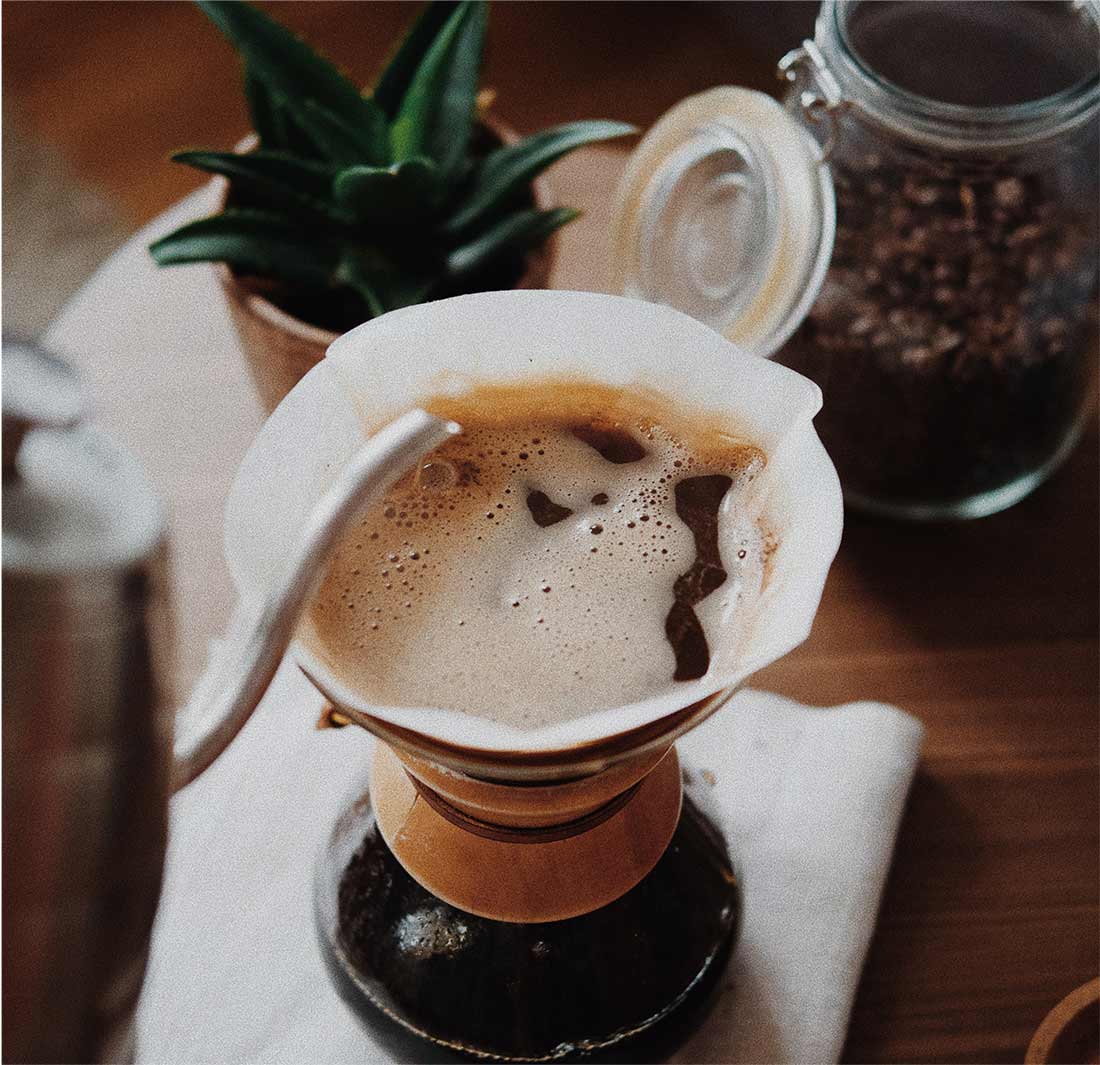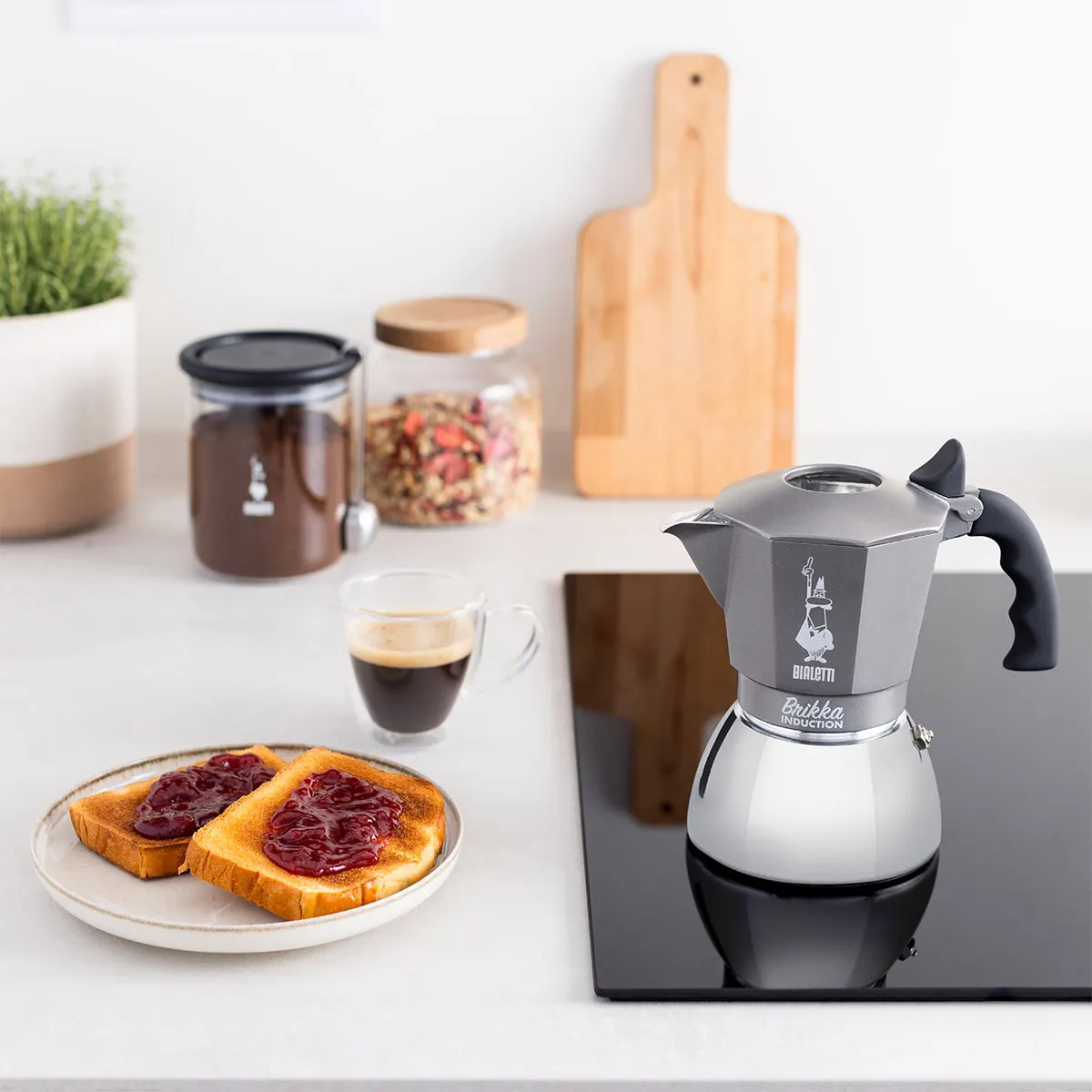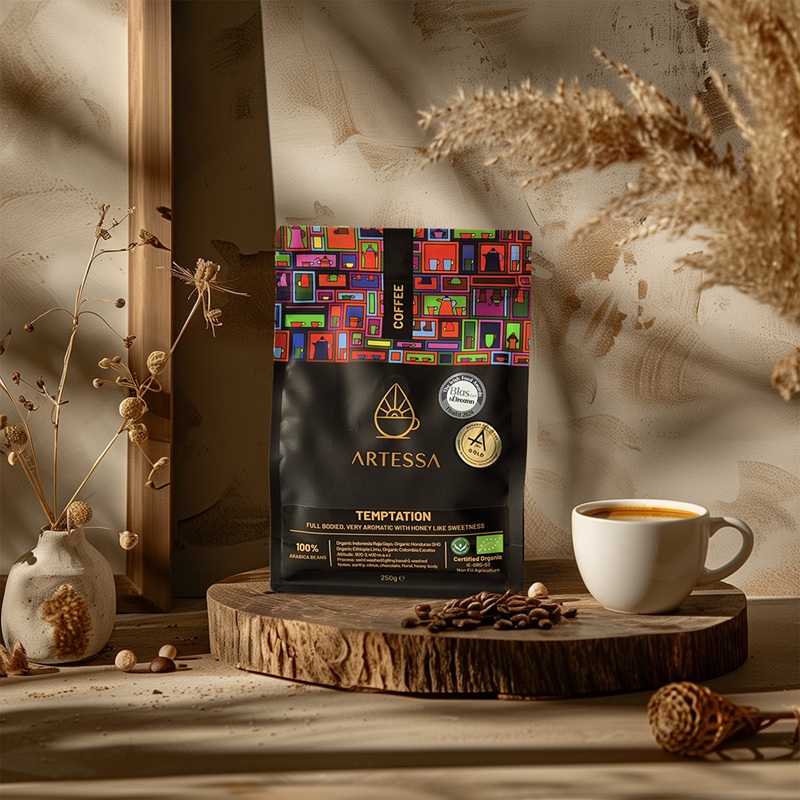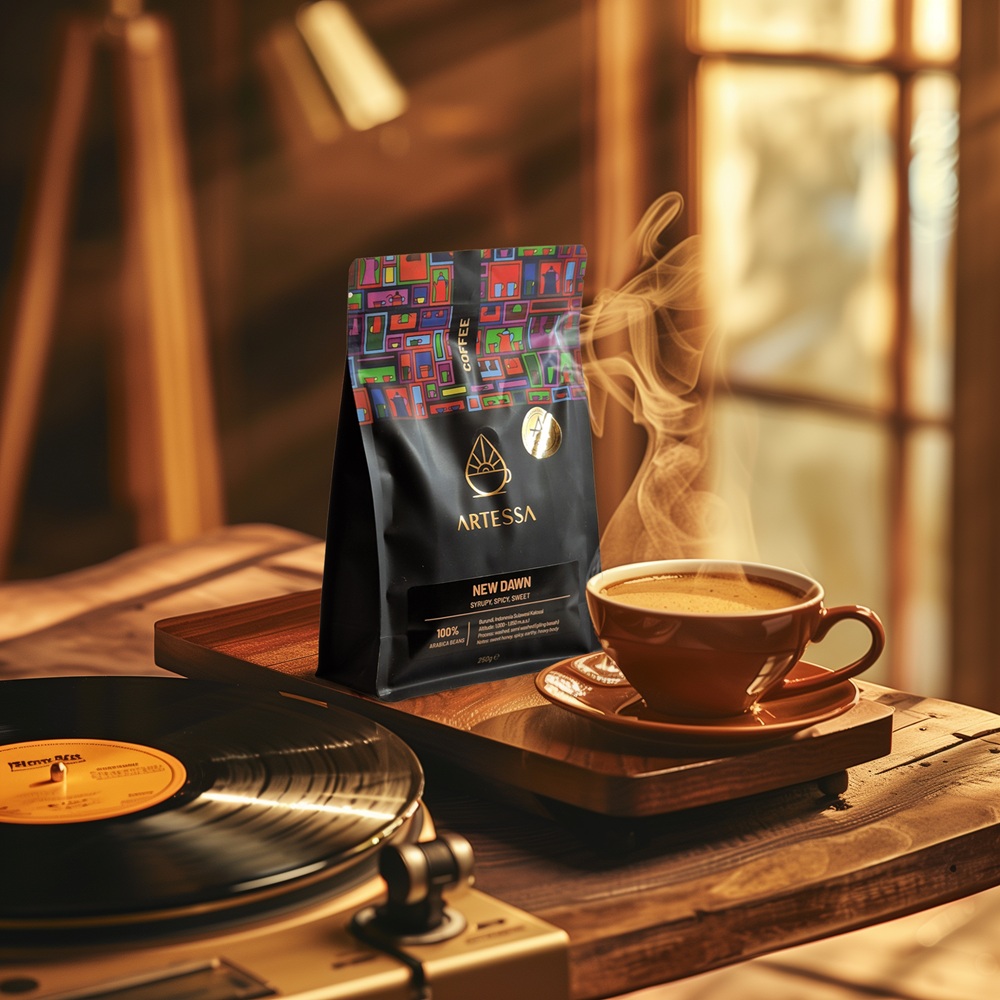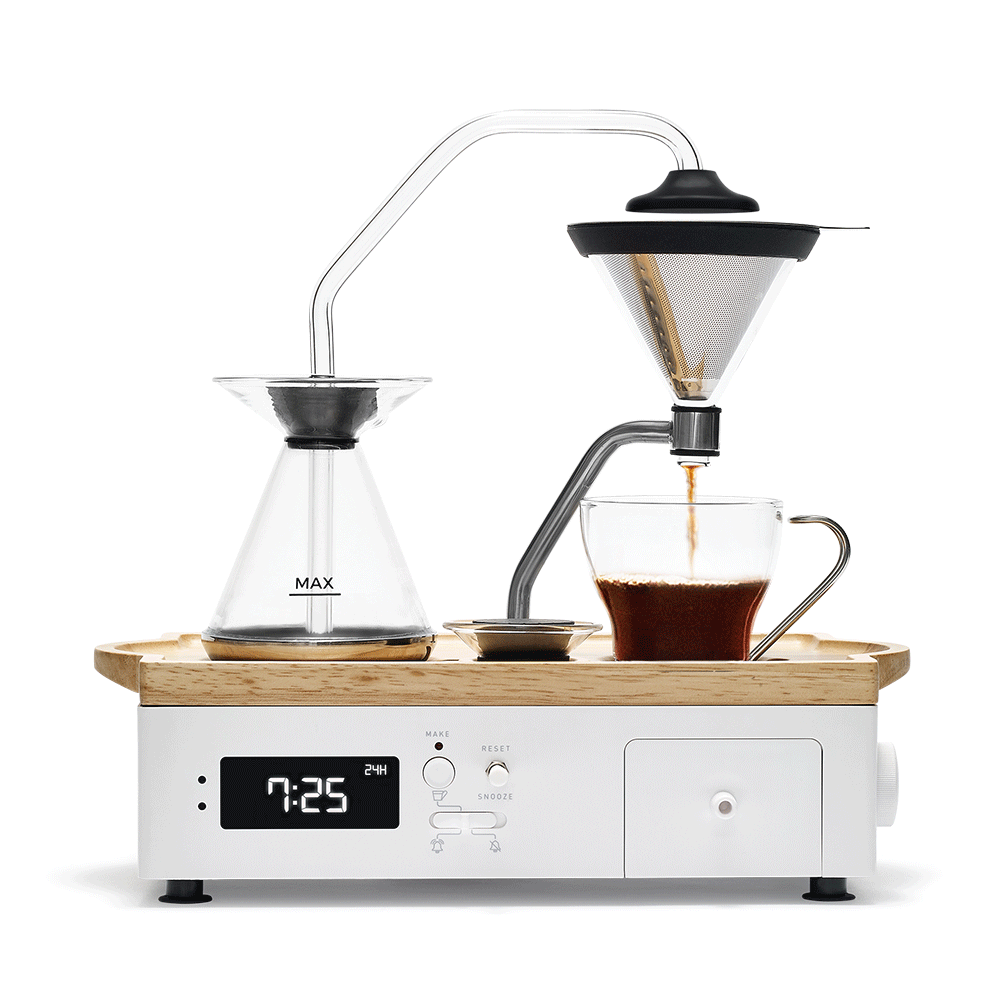Coffee Cupping at Home: A Beginner’s Guide
Coffee tasting, or cupping, is an essential process for roasters and enthusiasts alike to evaluate and appreciate the subtle flavors and aromas of different coffee beans. This detailed guide breaks down the steps and nuances of a typical coffee tasting session, providing insights into how professionals assess coffee quality.
Coffee tasting, much like wine tasting, is a refined art that requires a deep understanding of flavor profiles, preparation methods, and sensory evaluation. This guide will take you through the steps experts follow to conduct thorough coffee tastings.
The Coffee Tasting Process
Ingredients:
- 2 different types of coffee beans (e.g., Indian Monsoon Malabar and Ethiopian Yirgacheffe, or a dark roast and a light roast)
- Filtered water
- Coffee grinder
- 2 cappuccino cups or wide-opening cups (about 200ml capacity)
- 2 cupping spoons or soup spoons
- Kettle
- Scale
- Timer
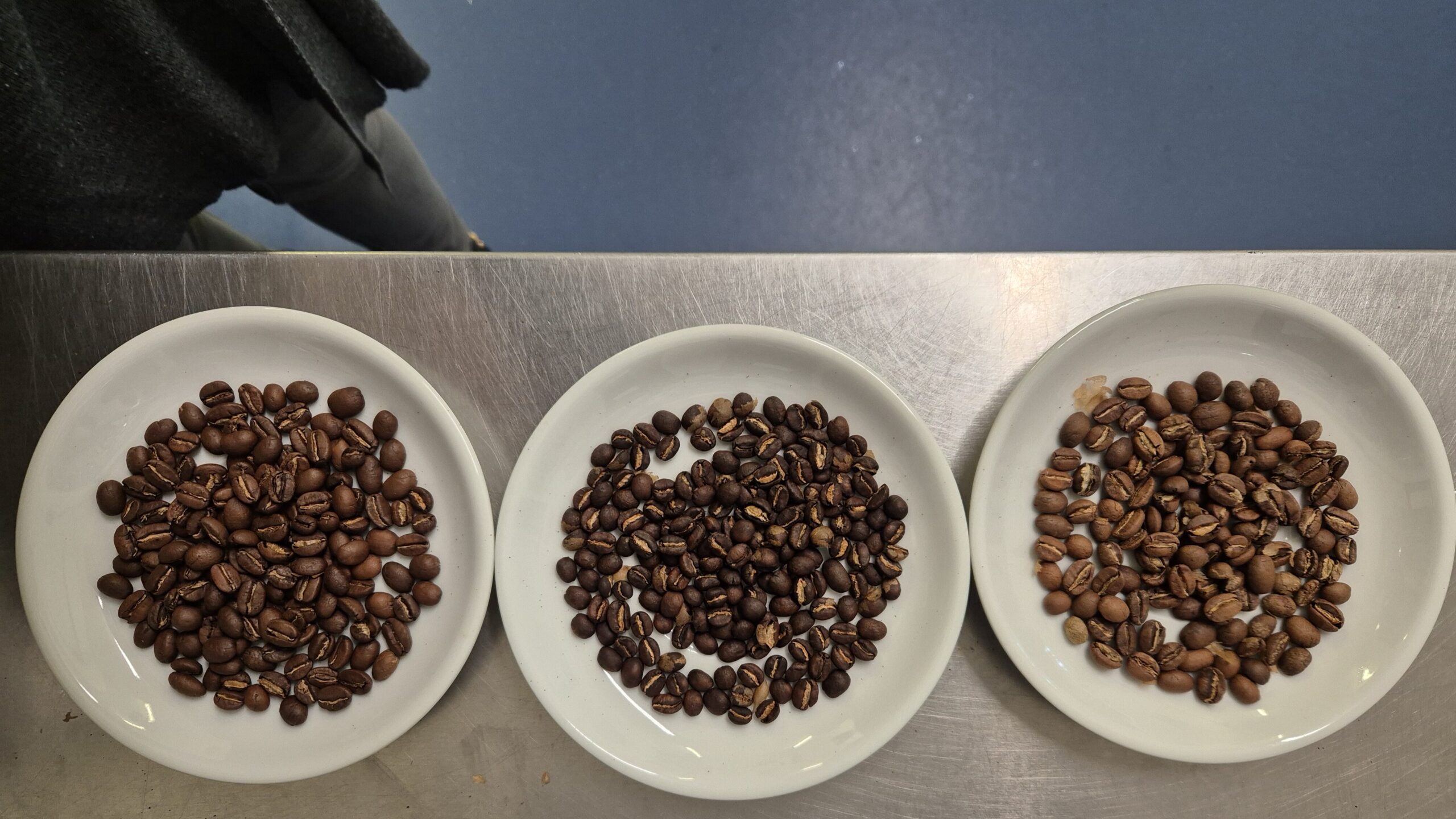
Instructions:
- Preparation:
- Clean your equipment thoroughly to avoid any flavor contamination.
- Set up a clean, quiet space where you can focus on the coffee’s aromas and flavors.
- Weigh and Grind the Coffee:
- Weigh out 7 grams of each coffee bean.
- Grind the coffee to a coarse consistency, similar to sea salt (like cafetiere)
- Boil the Water:
- Bring your filtered water to a boil. Let it sit for a minute off the boil. the water should be 92 Celsius.
- Prepare the Cups:
- Place the 7 grams of ground Indian Monsoon Malabar in one cup and the 7 grams of Ethiopian Yirgacheffe in the other.
- Add Water:
- Pour 150ml of hot water over the grounds in each cup, making sure all the coffee is evenly saturated.
- Start your timer as soon as the water touches the grounds.
- Wait and Observe:
- Let the coffee steep for 4 minutes. Observe the bloom and note any aromas coming off the coffee.
- Break the Crust:
- After 4 minutes, take your cupping spoon and gently break the crust (the layer of grounds that has formed on top) by stirring three times.
- While breaking the crust, bring the spoon to your nose to inhale the aromas. Notice the different scents between the two coffees.
- Skim the Grounds:
- Use two spoons to skim off the remaining grounds floating on the surface. Discard the grounds.
- Cool and Taste:
- Allow the coffee to cool for a few more minutes. Coffee is best tasted at a slightly cooler temperature to appreciate its full flavor profile.
- Take a spoonful of the coffee, slurp it quickly to spread it across your palate. It’s good to coat your tongue, different part detect different flavors. Notice the different flavors, body, acidity, and any other characteristics.
- Compare and Enjoy:
- Repeat the tasting process for both coffees.
- Compare the flavors, body, and aftertaste of the Indian Monsoon Malabar and the Ethiopian Yirgacheffe. Notice how different they taste despite both being coffee.
Tips:
- Cleanse your palate between tastings with water.
- Practice cupping regularly to refine your tasting skills and deepen your appreciation for different coffee profiles.
Enjoy discovering the diverse world of coffee flavors!




